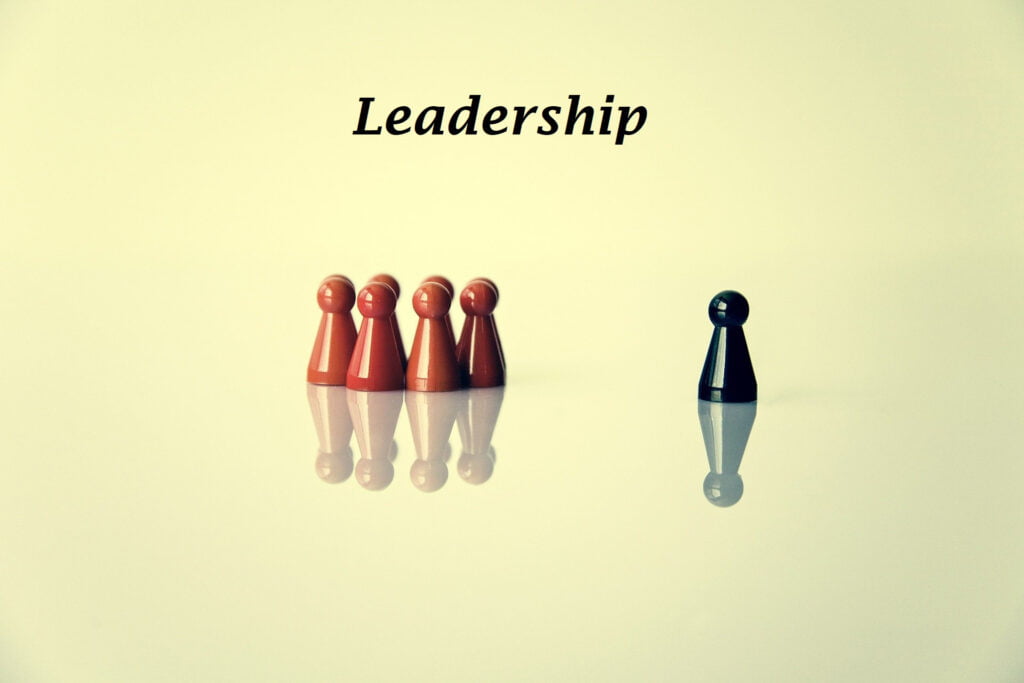Introduction to Lifecycle Marketing
Ever wondered why some brands seem to have a magical touch, keeping customers hooked for years while others struggle to make a single sale? The secret often lies in lifecycle marketing—a strategy that nurtures customers at every step of their journey, from the first hello to loyal advocacy.
Think of it like dating. You wouldn’t propose marriage on the first date, right? Similarly, businesses can’t expect instant loyalty. Instead, they must guide customers through a well-structured path—awareness, consideration, purchase, retention, and advocacy.
In this guide, we’ll break down lifecycle marketing in simple terms, exploring how it works, why it’s crucial, and how you can use it to build lasting customer relationships—no tech jargon, just real-world examples and actionable tips.
The Stages of the Customer Lifecycle
Awareness Stage: “Hey, I Exist!”
This is where potential customers first hear about your brand. Maybe they stumbled upon your Instagram ad, read a blog post, or heard a friend rave about your product. At this stage, your goal isn’t to sell but to educate and engage.
Consideration Stage: “Hmm, Should I Buy?”
Now, they’re comparing options. They might read reviews, check pricing, or sign up for your newsletter. Your job? Build trust with case studies, free trials, or comparison guides.
Purchase Stage: “Take My Money!”
They’re ready to buy! But don’t celebrate yet—ensure a smooth checkout process. A clunky payment page can kill the deal faster than a bad first impression.
Retention Stage: “Don’t Leave Me!”
Post-purchase, the real work begins. Keep them coming back with exclusive offers, loyalty rewards, and personalized emails. Happy customers spend more over time.
Advocacy Stage: “Tell the World!”
Your biggest fans become free marketers. Encourage reviews, referrals, and social shares. A simple “Share your experience!” prompt can turn customers into brand ambassadors.
Key Strategies for Each Lifecycle Stage
Awareness
- Run targeted Facebook/Google ads
- Publish SEO-optimized blogs
- Leverage influencer partnerships
Consideration
- Send personalized drip emails
- Offer free webinars or demos
- Use retargeting ads to stay top-of-mind
Purchase
- Simplify checkout (fewer clicks = more sales)
- Offer limited-time discounts
- Provide live chat support for last-minute doubts
Retention
- Launch a loyalty program (Starbucks’ rewards, anyone?)
- Send birthday discounts
- Recommend products based on past purchases
Advocacy
- Create a referral program (Dropbox’s free storage hack)
- Feature user-generated content on social media
- Ask for testimonials & reviews
4. Tools & Technologies for Lifecycle Marketing
You don’t need to be a tech wizard to master lifecycle marketing—today’s tools are designed to be user-friendly while packing a powerful punch. Here’s a breakdown of the must-have platforms that help businesses nurture customers at every stage:
CRM Systems
Think of a Customer Relationship Management (CRM) system as your digital Rolodex on steroids. Platforms like HubSpot and Salesforce store every interaction—emails, purchases, support tickets—so you never lose track of a customer’s journey. Whether it’s remembering a client’s birthday or spotting a sales opportunity, CRMs keep your marketing personalized and proactive.
Email Automation
Gone are the days of manually sending hundreds of emails. Tools like Mailchimp and ActiveCampaign let you set up automated email sequences that trigger based on user behavior. Abandoned cart? Send a reminder. Signed up for a free trial? Deliver a tutorial series. It’s like having a 24/7 marketing assistant who never sleeps.
Analytics
What gets measured gets improved. Google Analytics reveals which pages convert visitors, while Hotjar shows you how users navigate your site with heatmaps and session recordings. These insights help you fix friction points—like a confusing checkout form—before they cost you sales.
Personalization Engines
Ever noticed how Netflix recommends shows just for you? That’s AI-driven personalization at work. Tools like Optimizely and Dynamic Yield tweak website content, offers, and product recommendations in real time based on user behavior. The result? A bespoke experience that makes customers feel like you read their minds.
The best part? Most of these tools offer drag-and-drop interfaces, free plans, or trials—so you can experiment without breaking the bank. Start with one, master it, and watch your customer relationships transform!
5. Measuring Success
How do you know if your strategy works? Track:
- Customer Lifetime Value (CLV) – How much each customer spends over time.
- Churn Rate – How many customers leave.
- Engagement Metrics – Open rates, click-through rates.
6. Common Challenges (& Fixes)
- Data Silos? Integrate tools for a unified view.
- Relevance Issues? Segment your audience better.
- Too Robotic? Balance automation with human touches.
7. Future Trends in lifecycle marketing
The future of lifecycle marketing isn’t just about keeping up—it’s about staying ahead. As technology evolves, so do the ways brands connect with customers. Here’s what’s coming next:
AI-Powered Predictive Marketing
Imagine knowing what your customers want before they do. With AI and machine learning, that’s becoming a reality. Advanced algorithms analyze past behavior—like browsing history, purchase patterns, and even social media activity—to predict future needs. For example, if a customer buys running shoes every spring, AI can trigger a timely promotion for the latest model just as they’re starting to think about their next pair. It’s like having a crystal ball for customer preferences.
Hyper-Personalization at Scale
Generic marketing messages? Those are going extinct. The future is hyper-personalized experiences, where every email, ad, and product recommendation feels tailor-made. AI-driven tools will craft dynamic content that adjusts in real time—whether it’s showing different homepage banners to different users or sending personalized video messages based on past interactions. The goal? Making every customer feel like they’re your only customer.
Omnichannel Domination
Customers don’t stick to one channel—they hop from Instagram ads to email newsletters to in-store visits without a second thought. The brands that win will seamlessly connect these touchpoints so the experience feels cohesive. Picture this: A customer browses a product on your mobile app, gets a retargeting ad on Facebook, and then receives an email with an exclusive discount—all while their in-store purchase history informs future recommendations. Omnichannel isn’t just an option anymore; it’s a necessity.
Voice & Conversational Marketing
With smart speakers and chatbots becoming mainstream, voice search and conversational AI are changing how brands engage. Soon, customers might reorder their favorite products just by asking Alexa or get instant support via WhatsApp chatbots that feel eerily human. The key? Designing marketing strategies that work in natural, spoken interactions—not just clicks and scrolls.
Ethical Data Use & Privacy-First Marketing
As consumers grow wary of data misuse, transparency will be non-negotiable. Brands that prioritize privacy—clearly explaining how data is used and giving users control—will build deeper trust. Think: zero-party data (info customers willingly share) over sneaky tracking tactics.
The Rise of the Metaverse & Web3
Virtual reality (VR) shopping experiences, NFT loyalty programs, and branded digital worlds might sound sci-fi, but they’re inching closer to reality. Forward-thinking brands are already experimenting with metaverse marketing, offering immersive experiences that blend the digital and physical.
8. Conclusion
Lifecycle marketing isn’t just a buzzword—it’s the backbone of customer relationships. Start small: map your customer journey, pick the right tools, and test strategies. Before you know it, you’ll turn one-time buyers into lifelong fans.
See Also :




